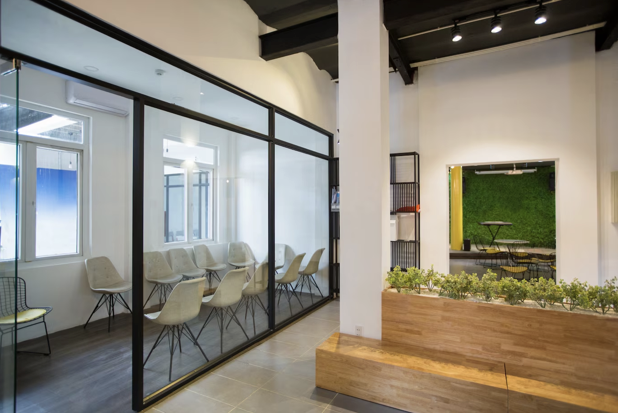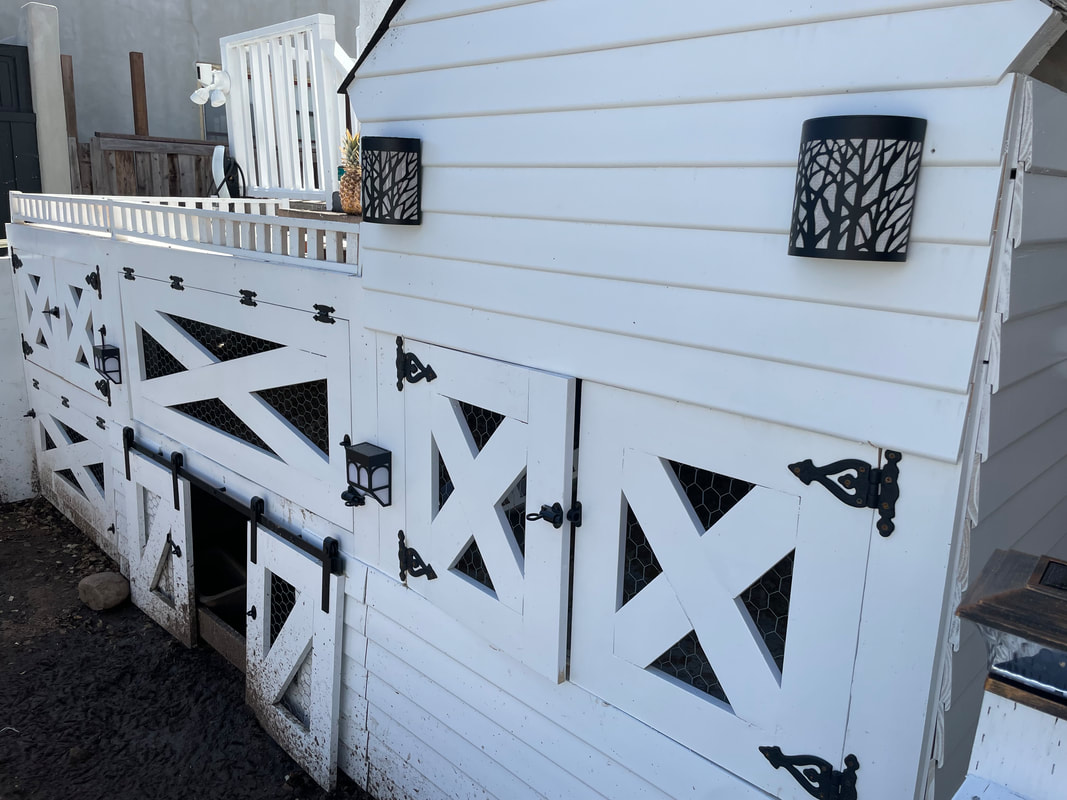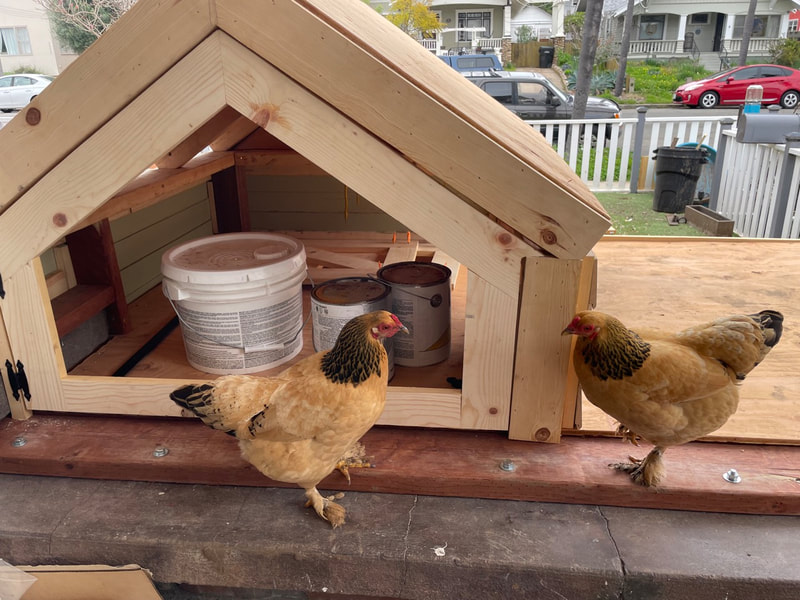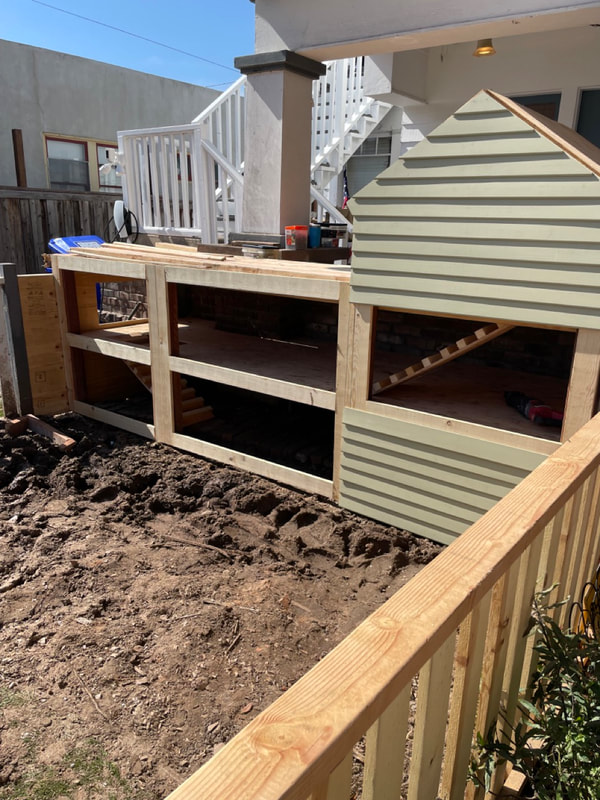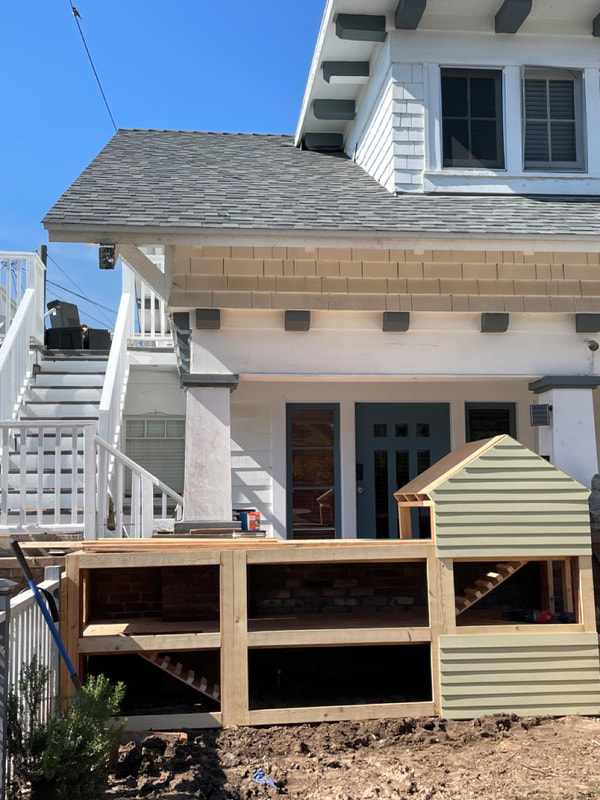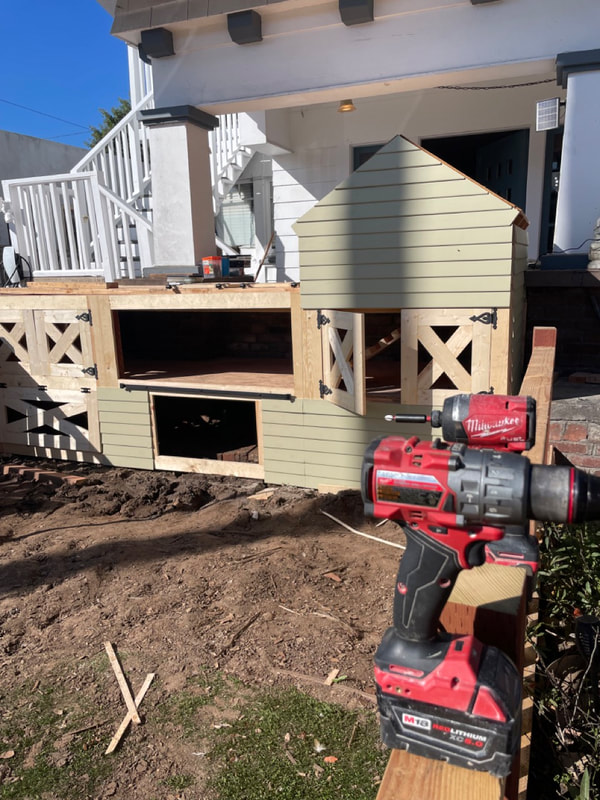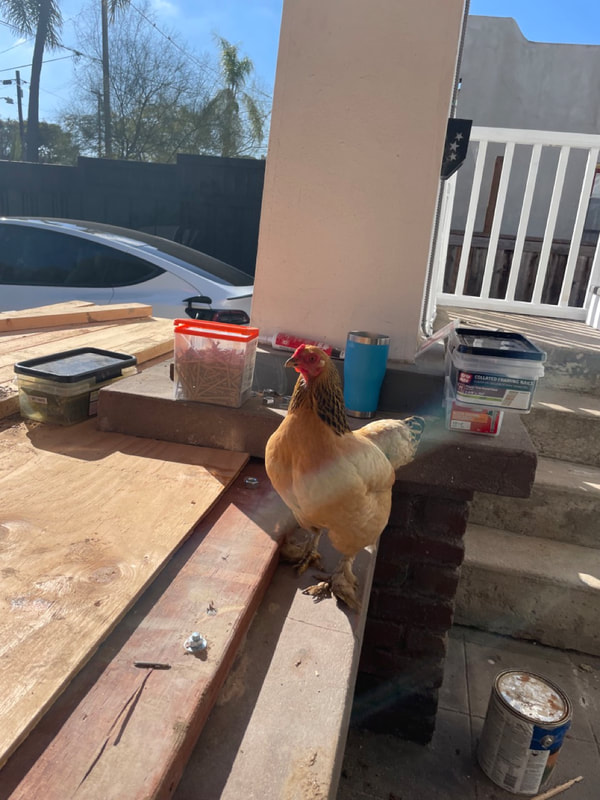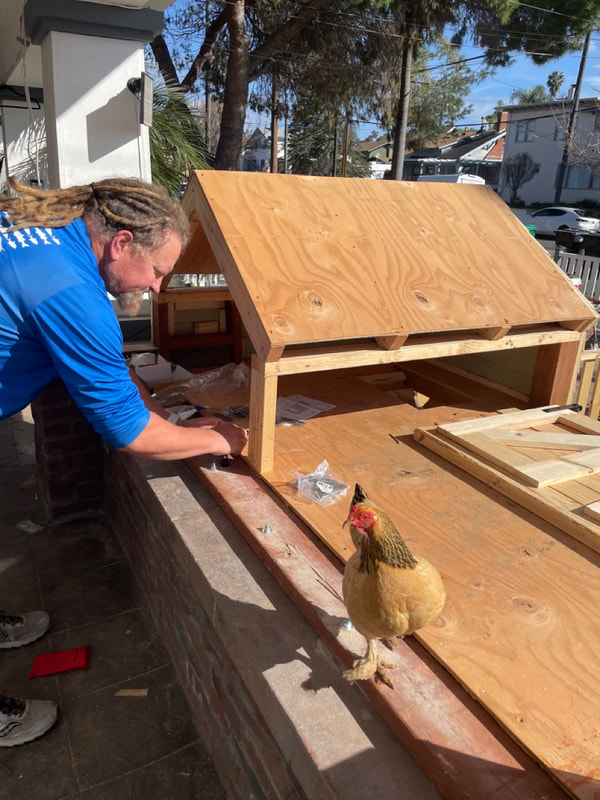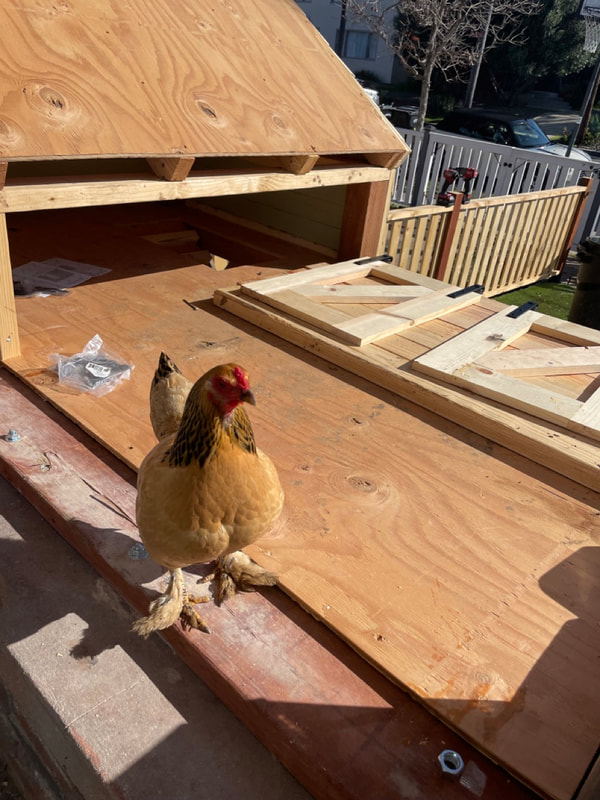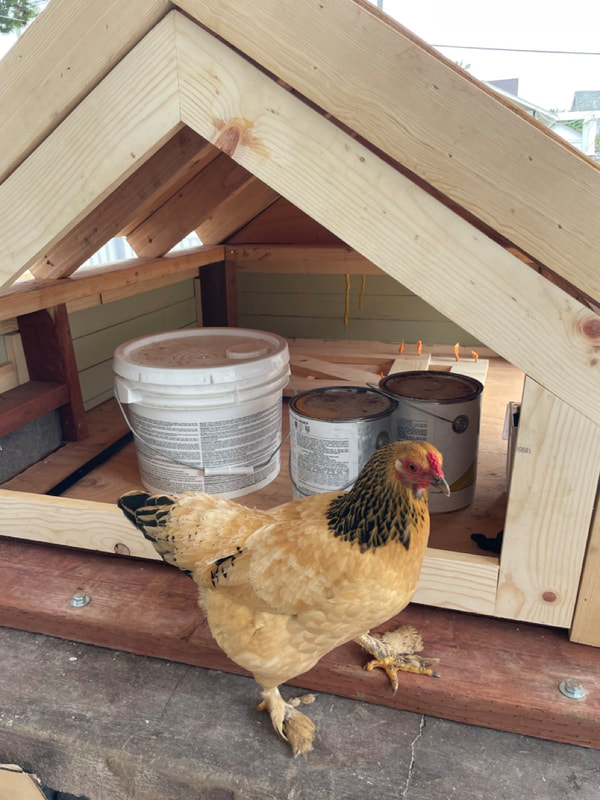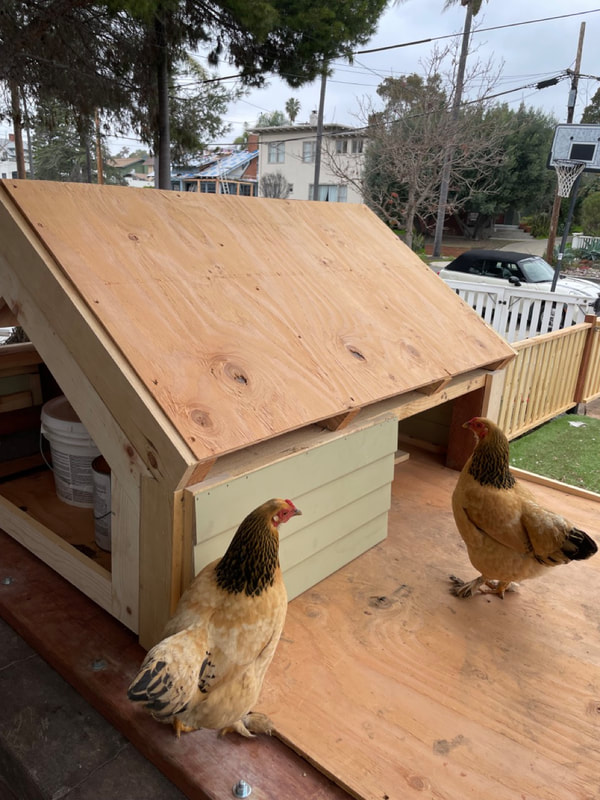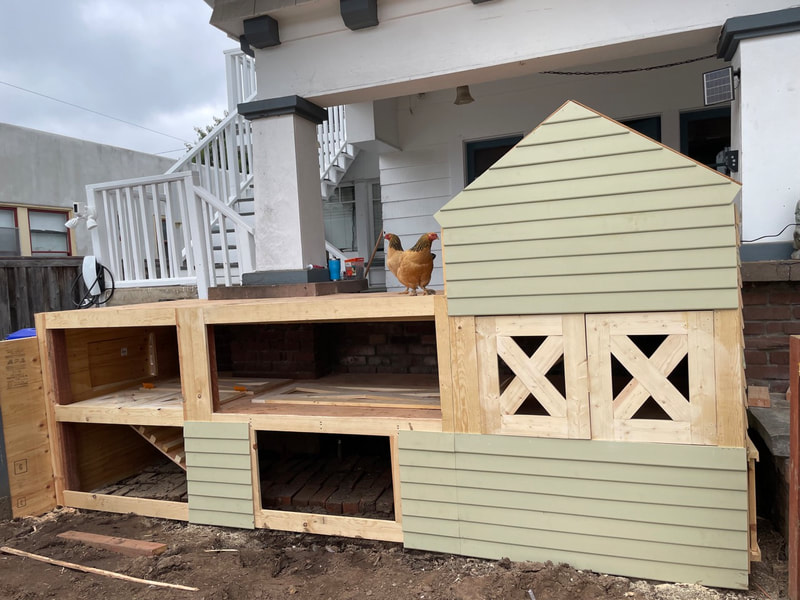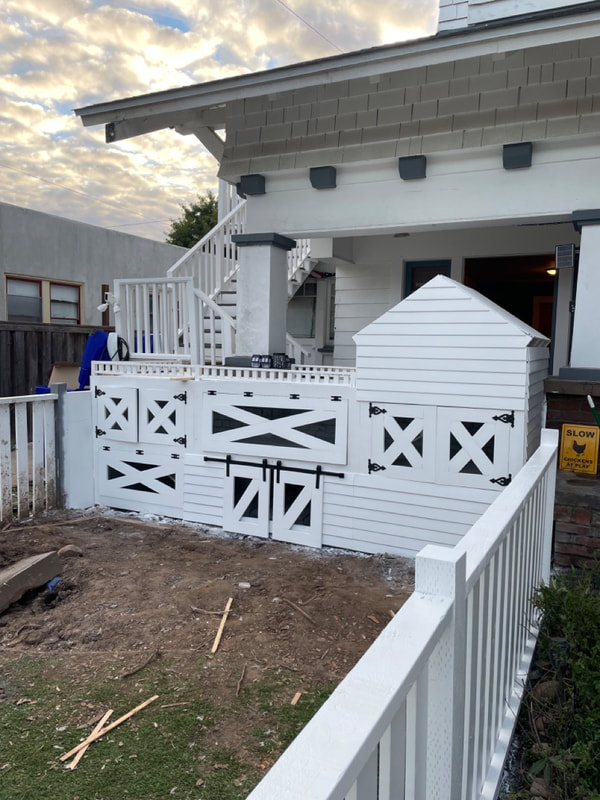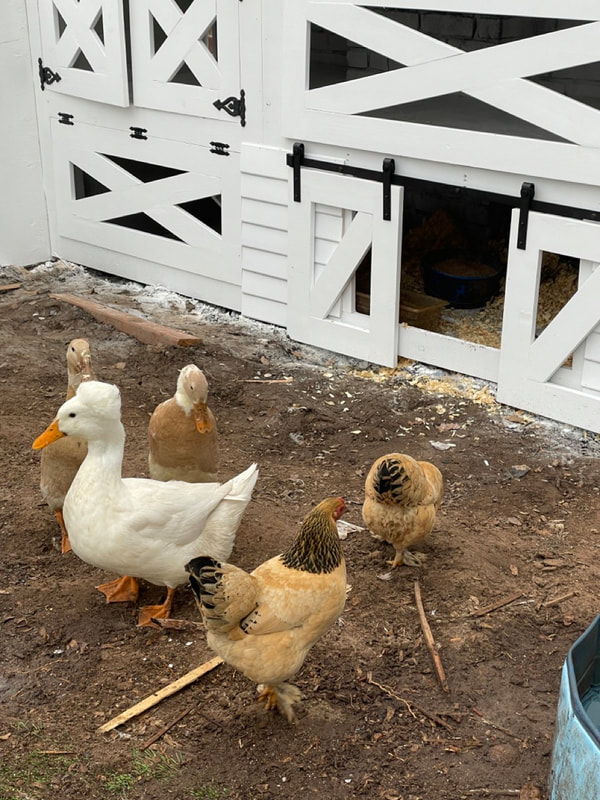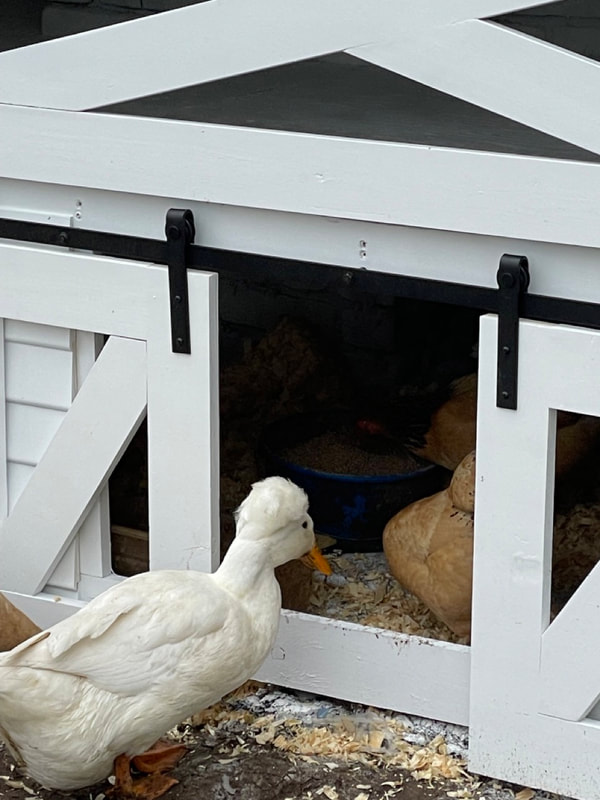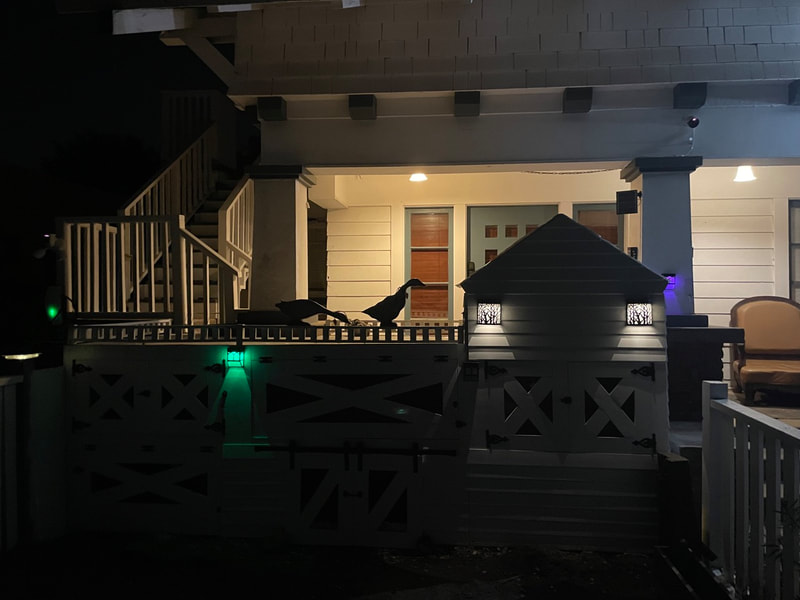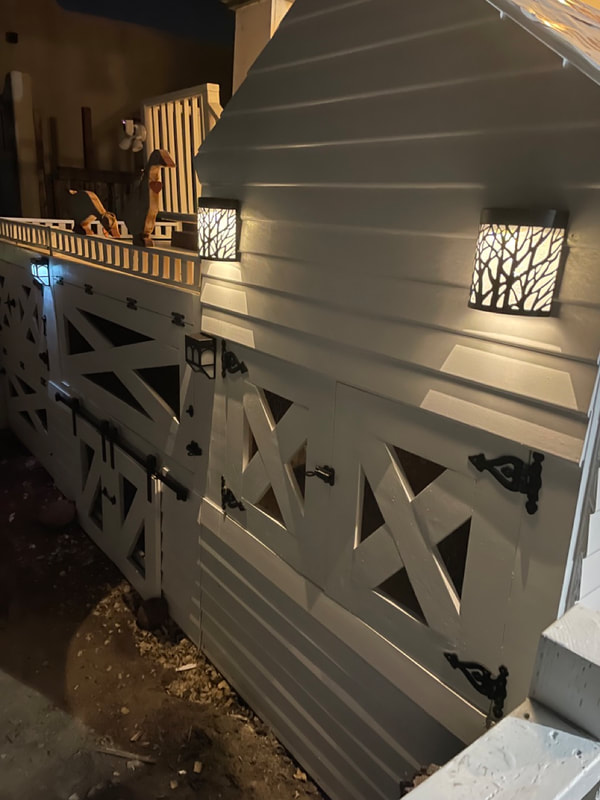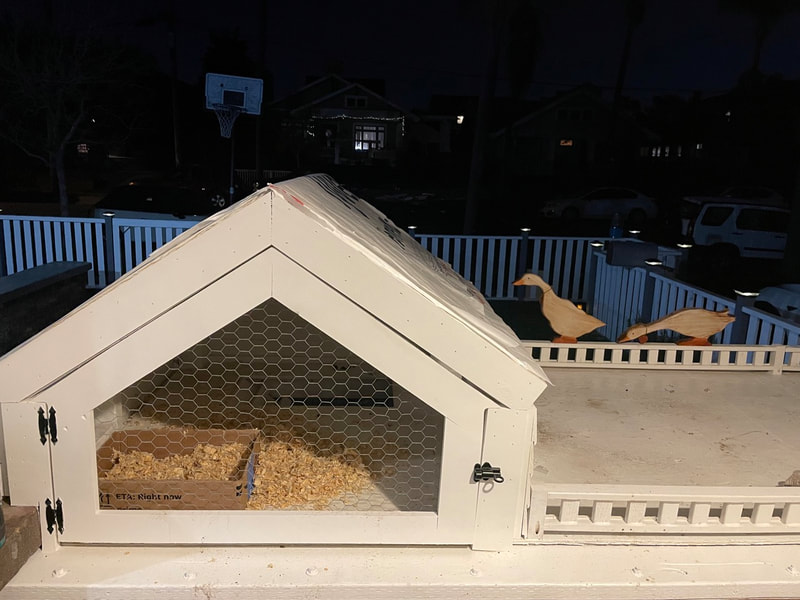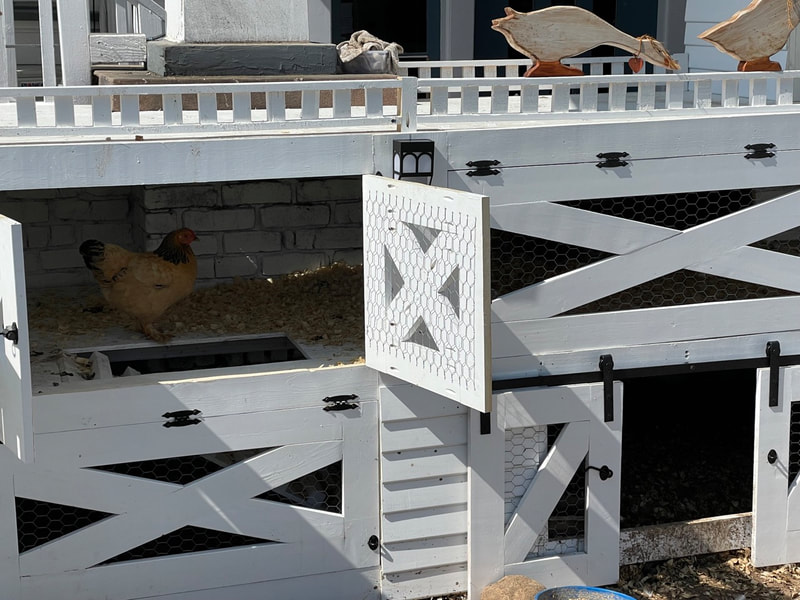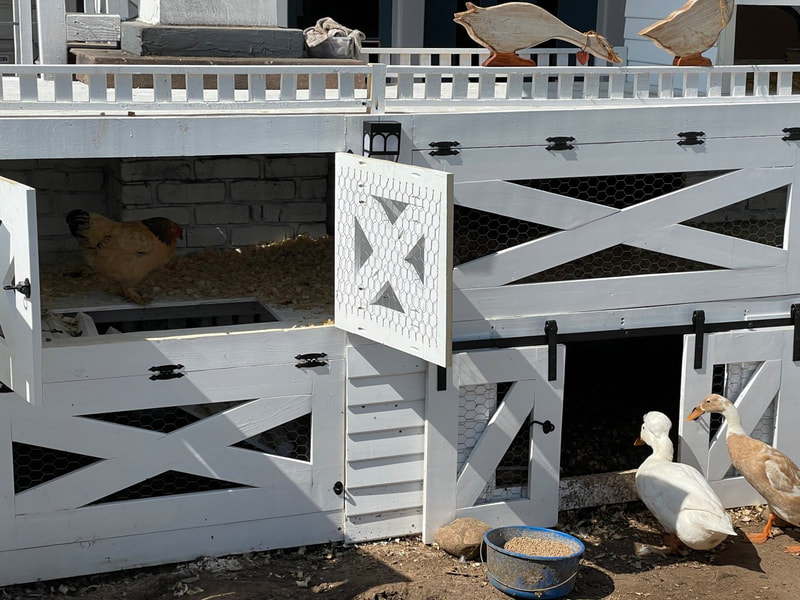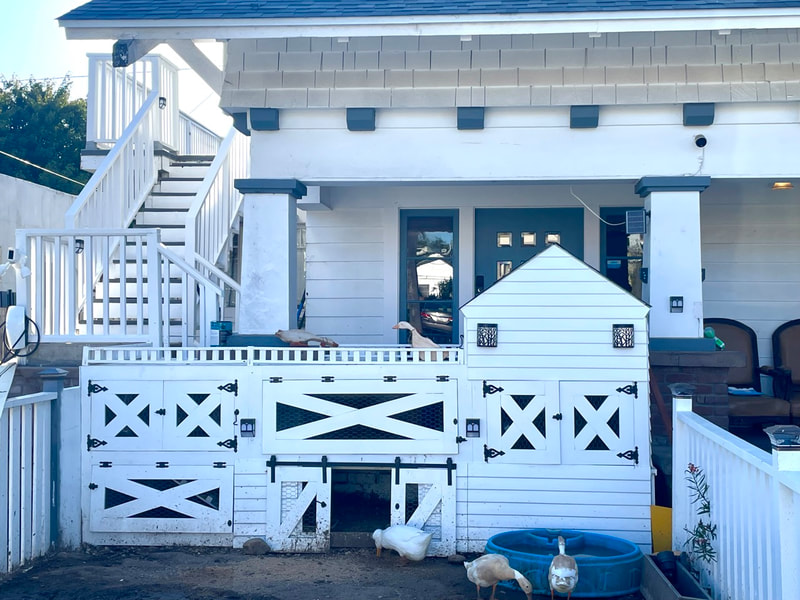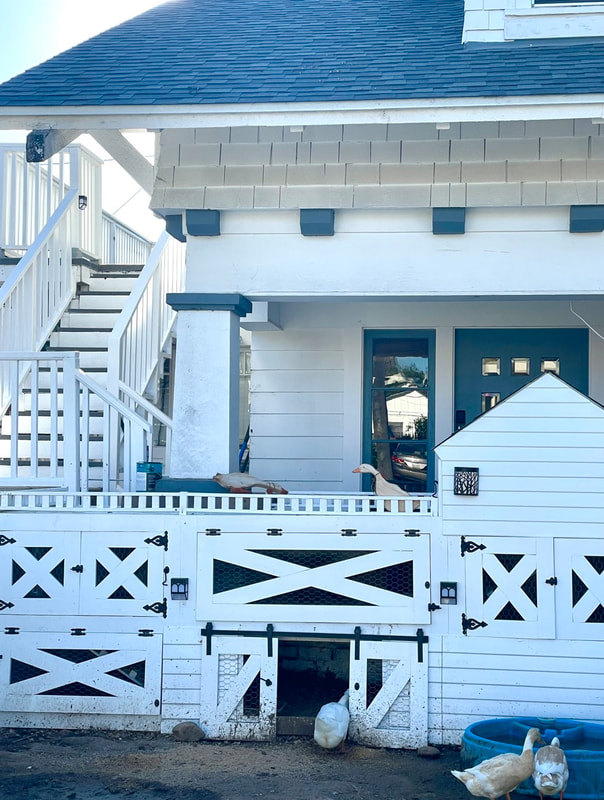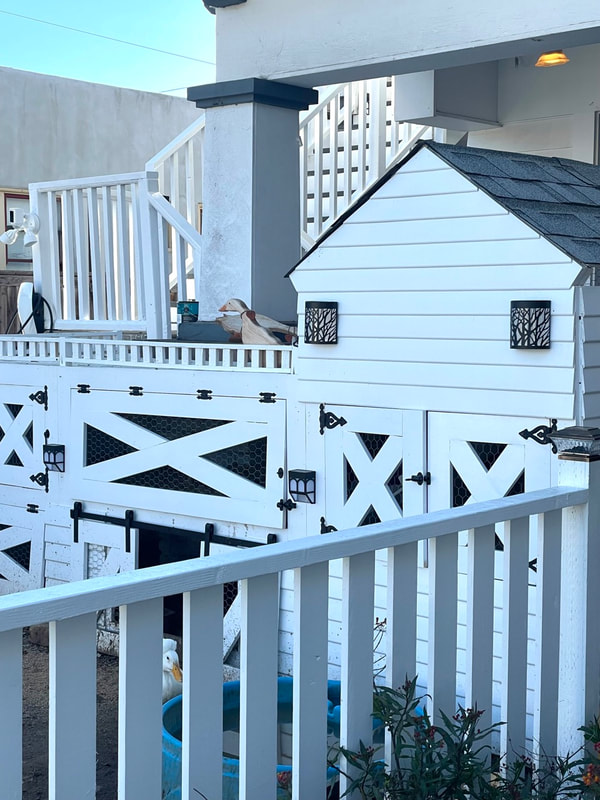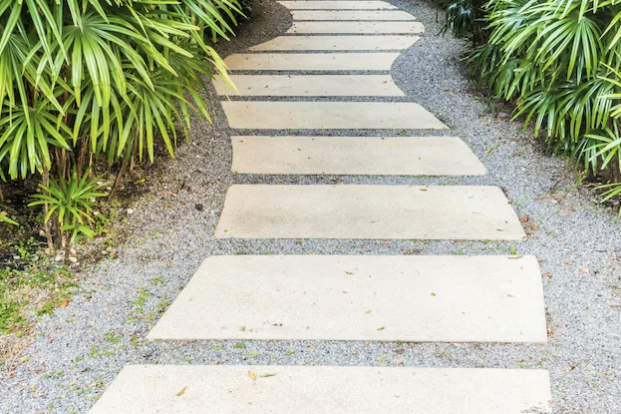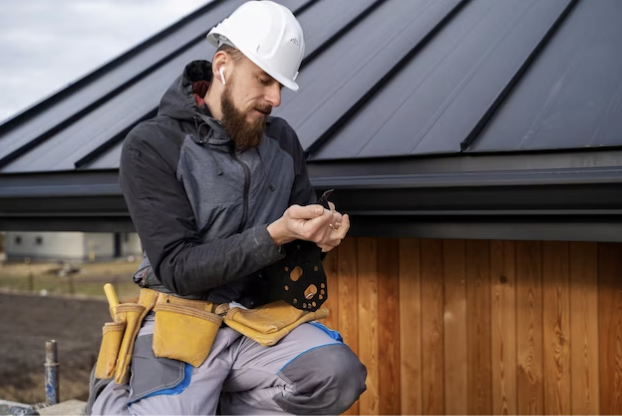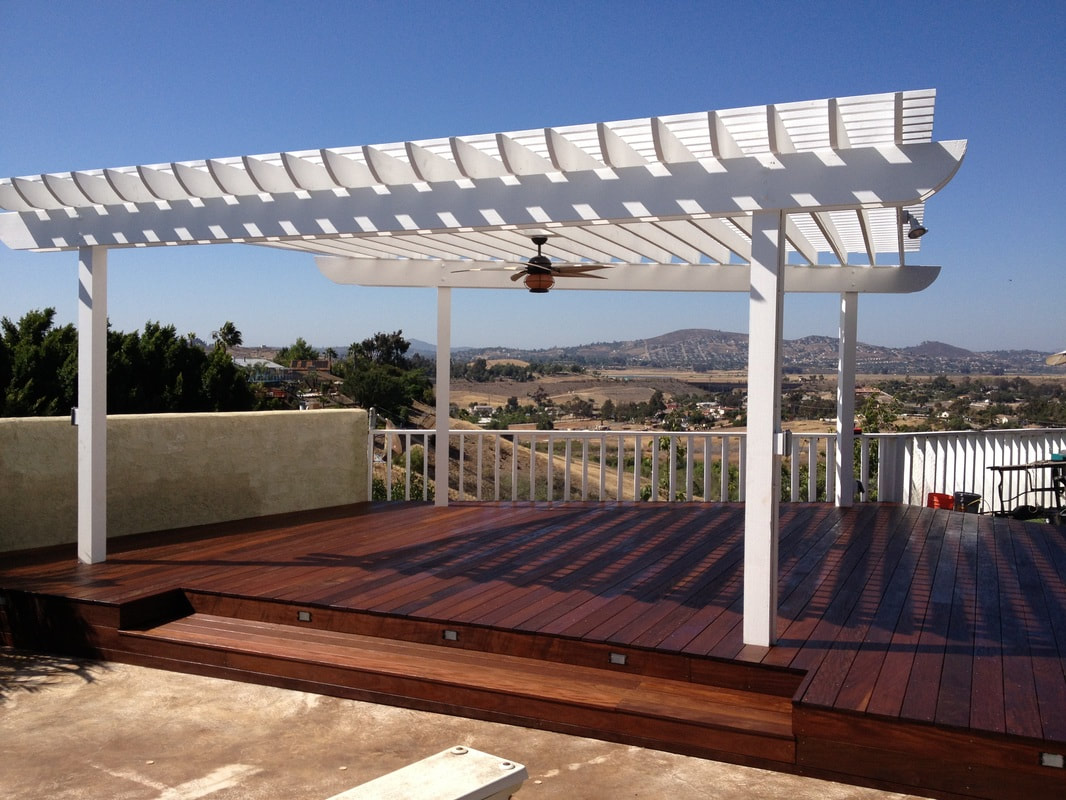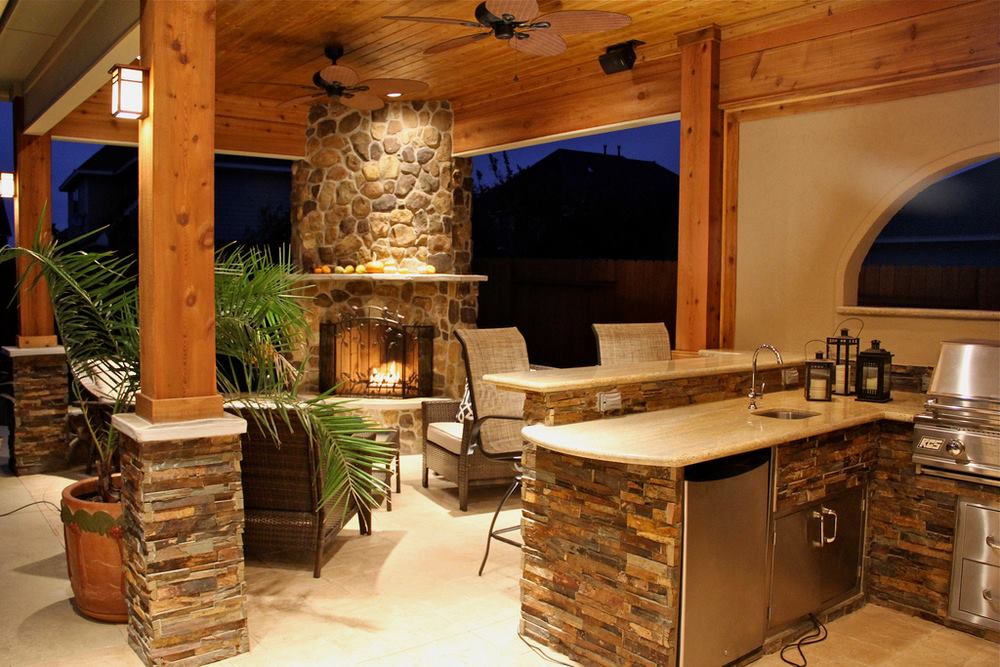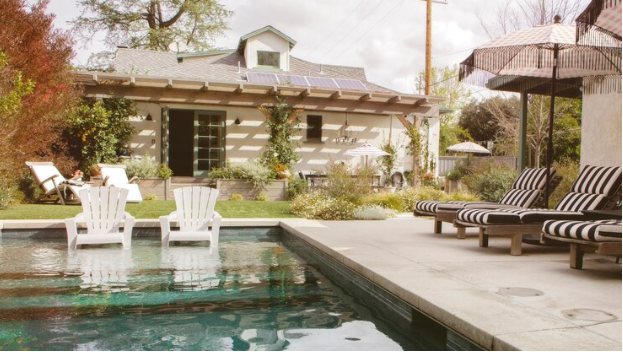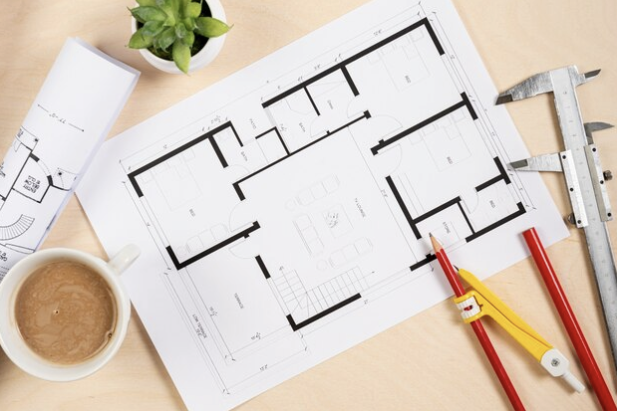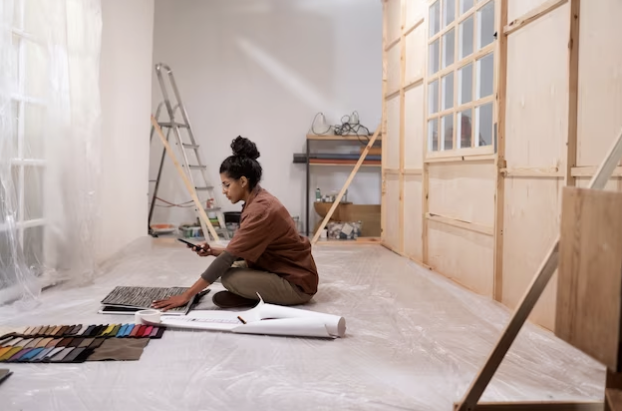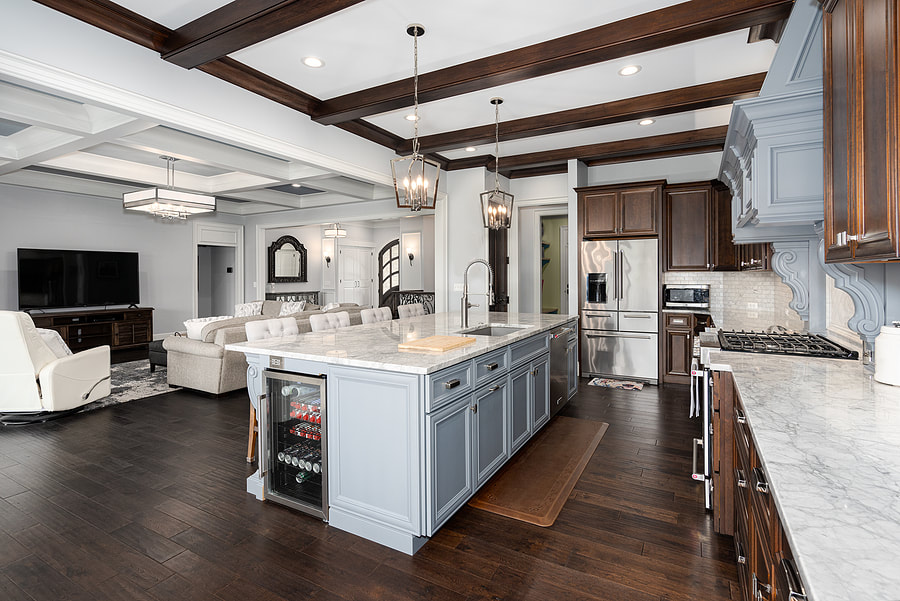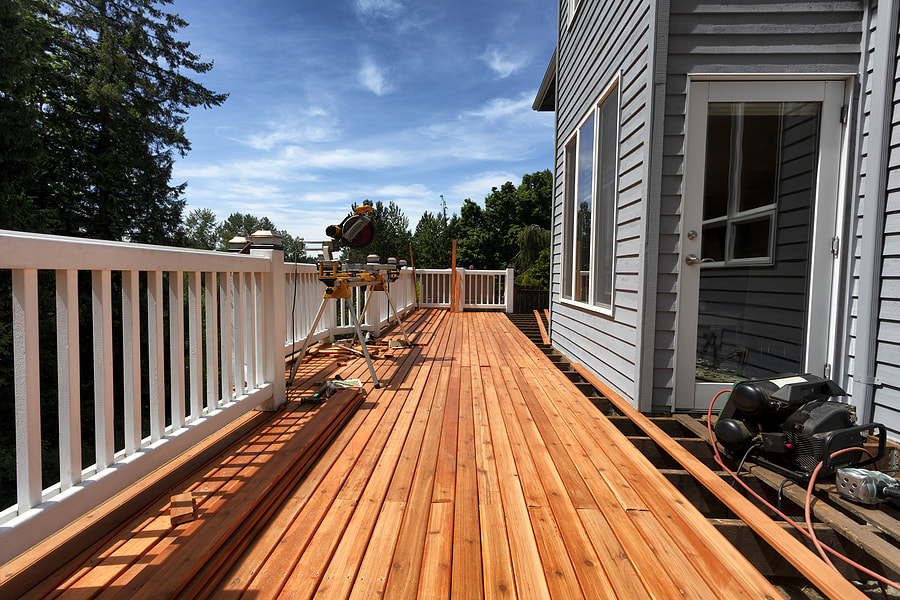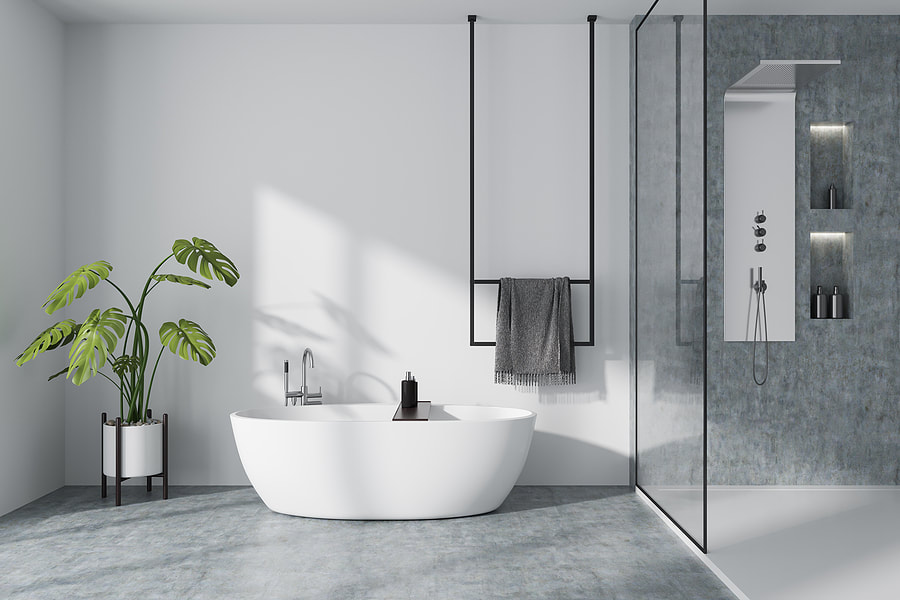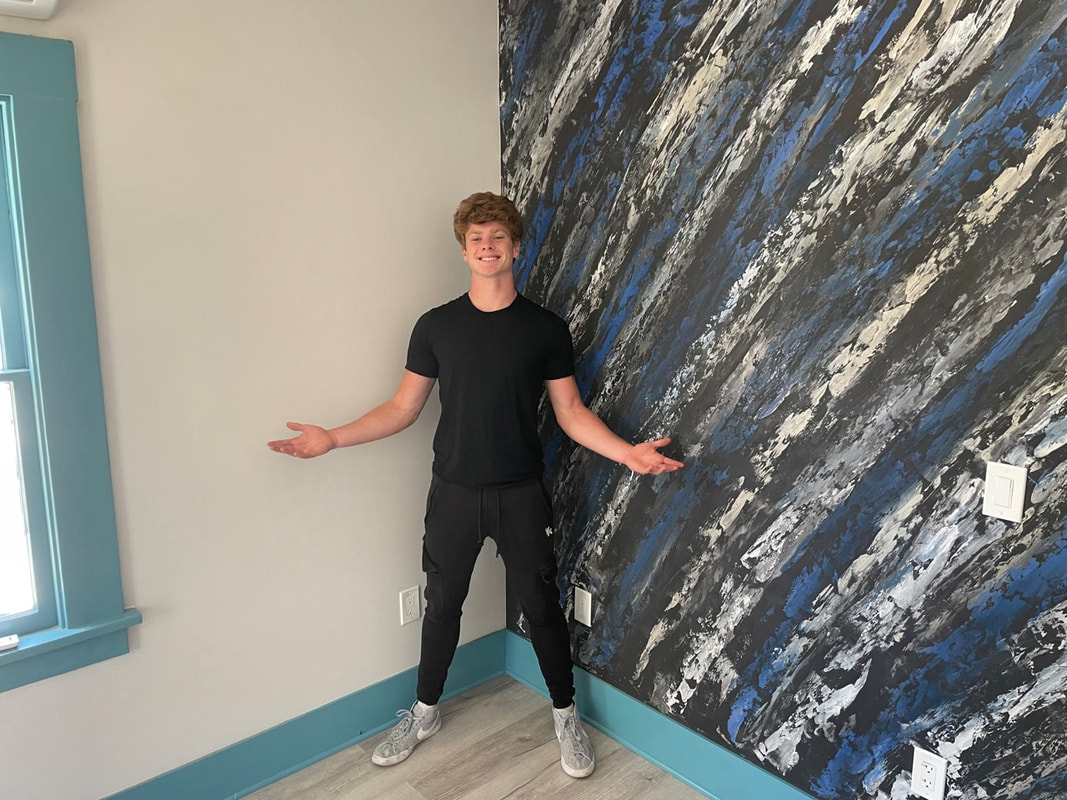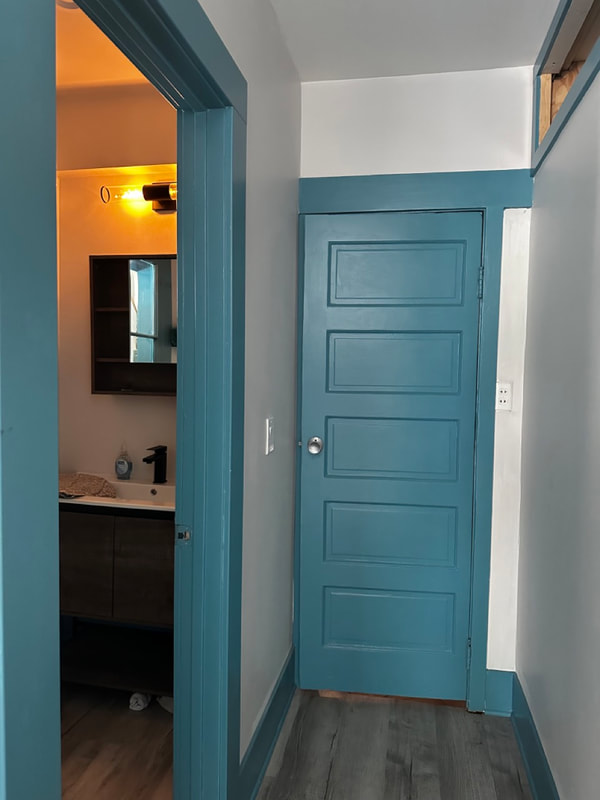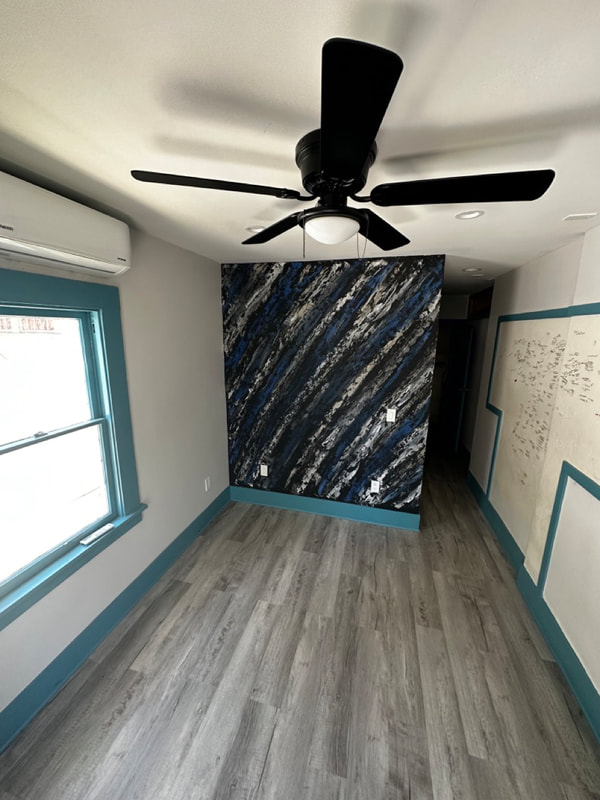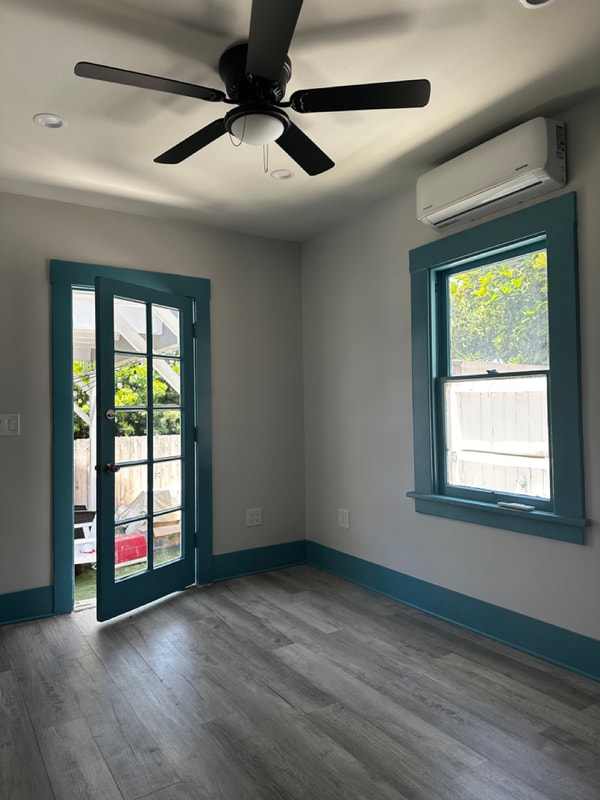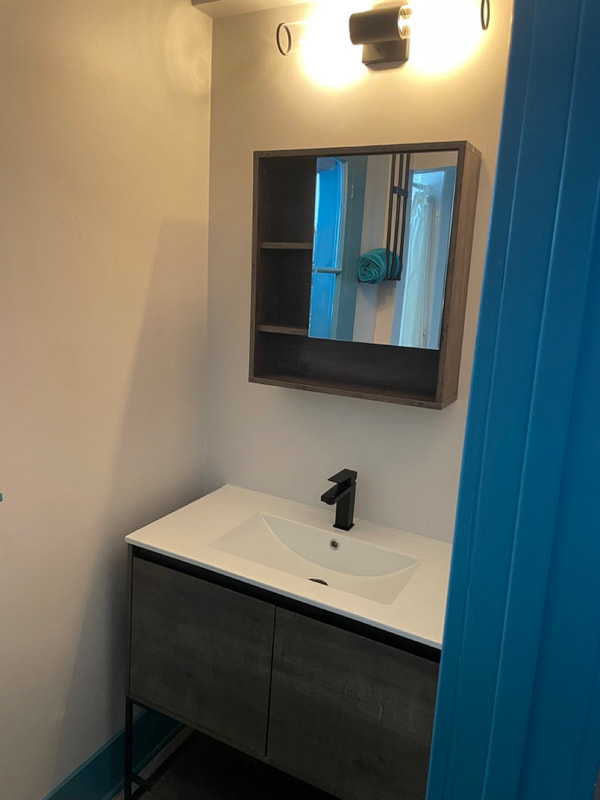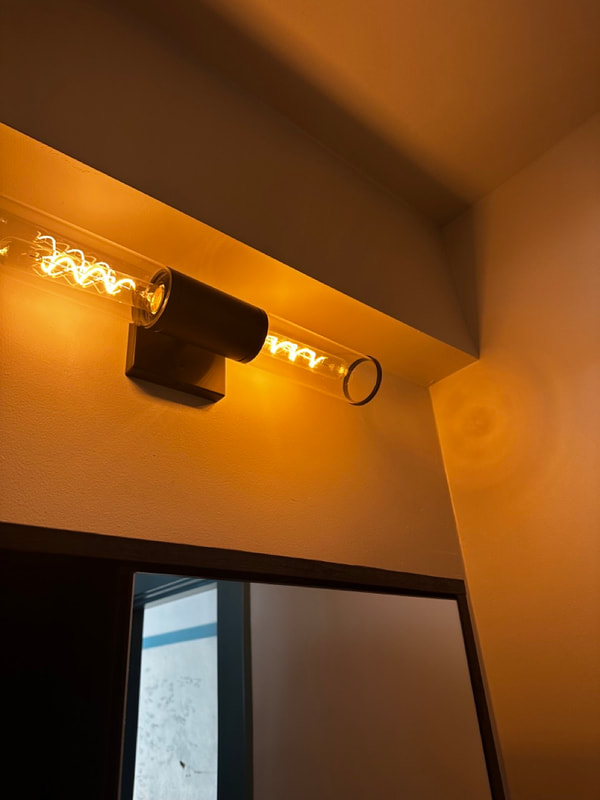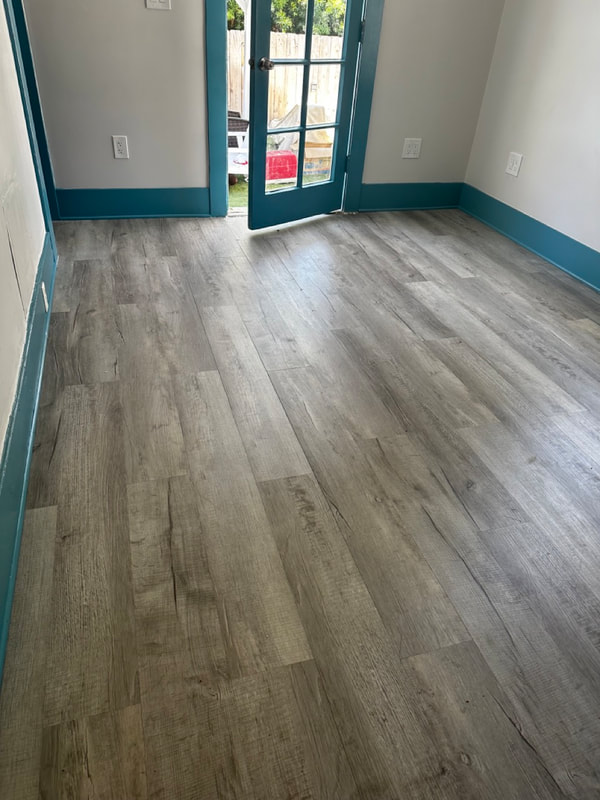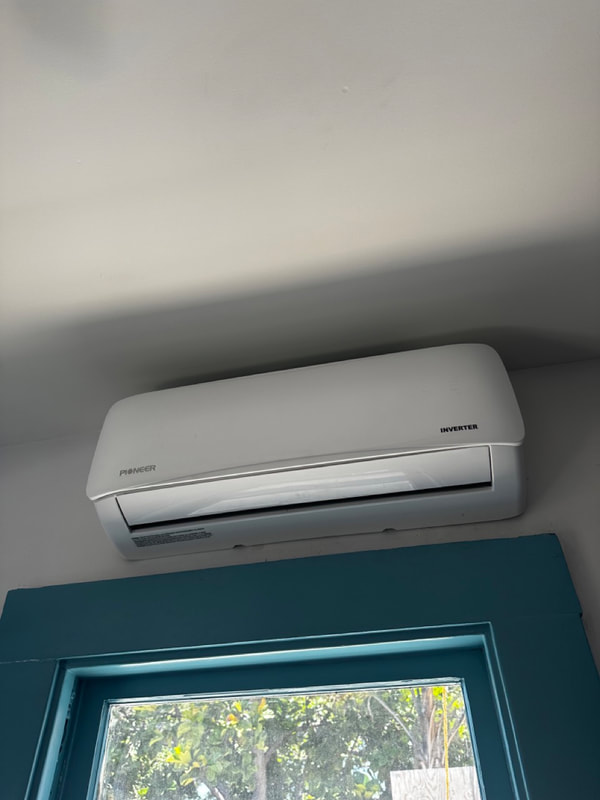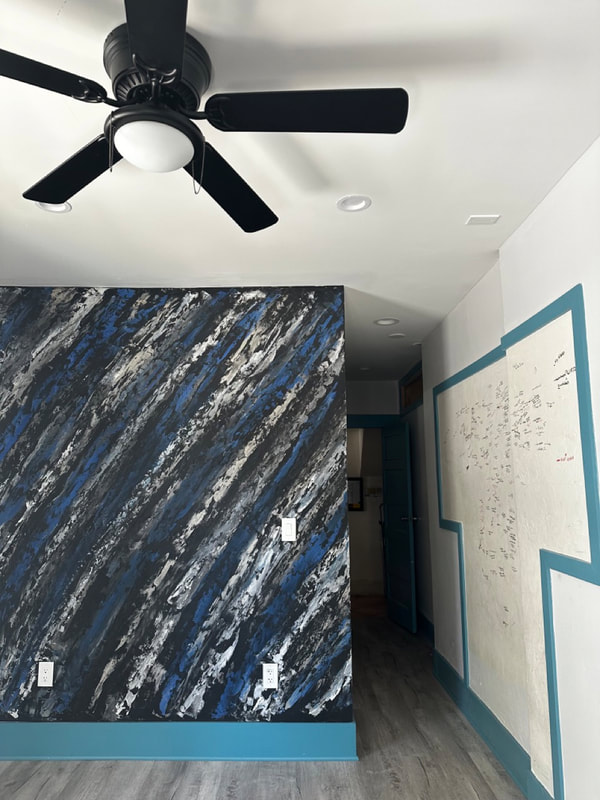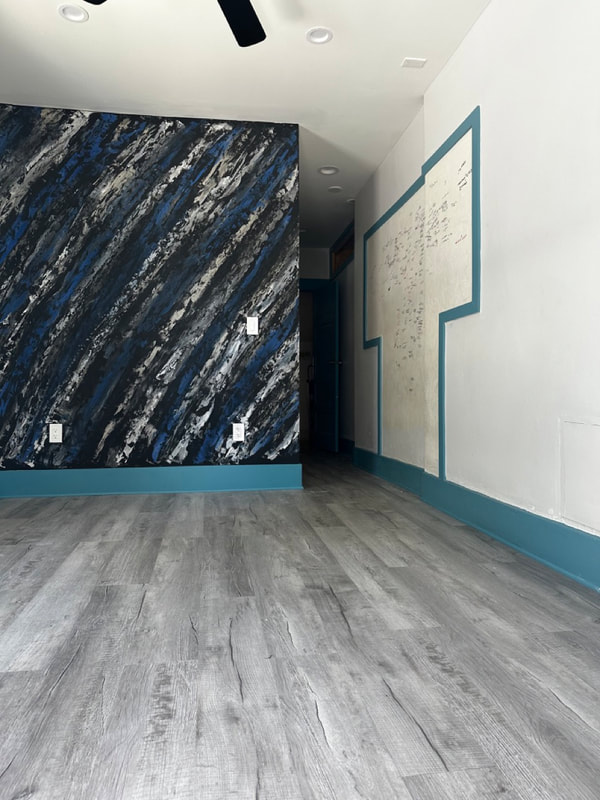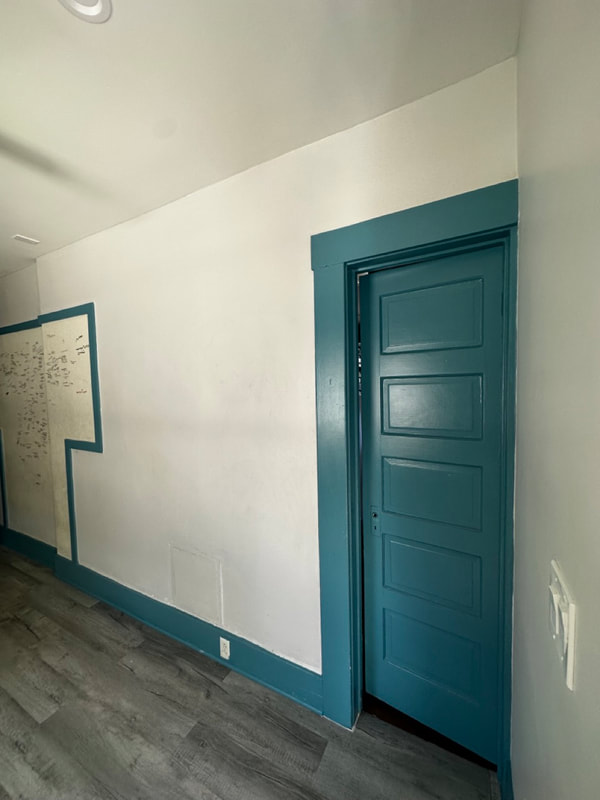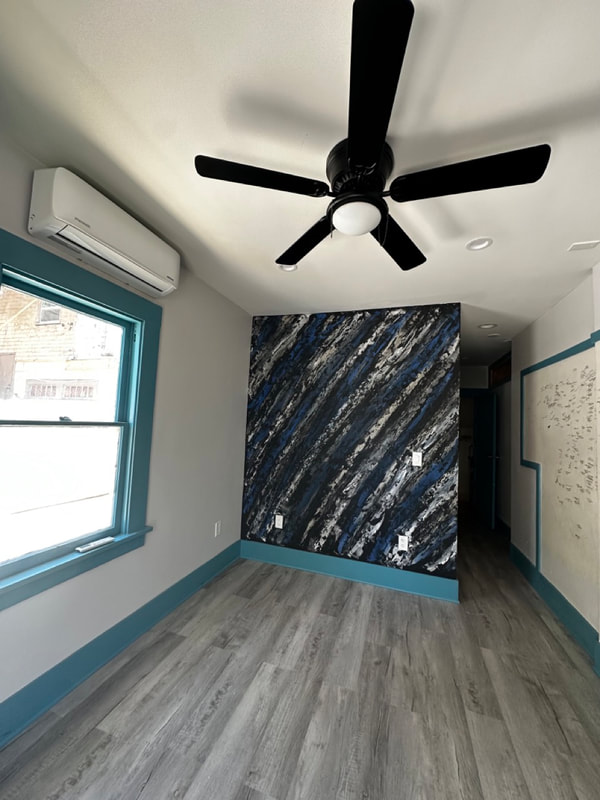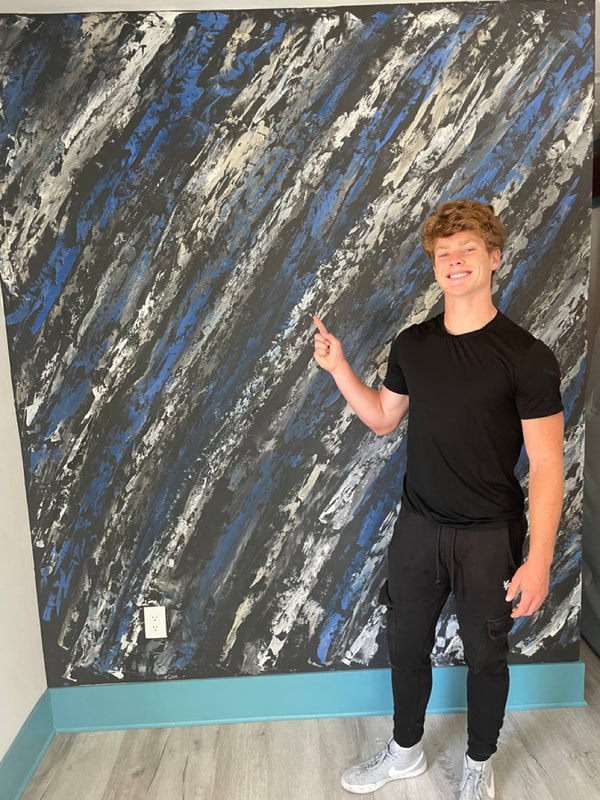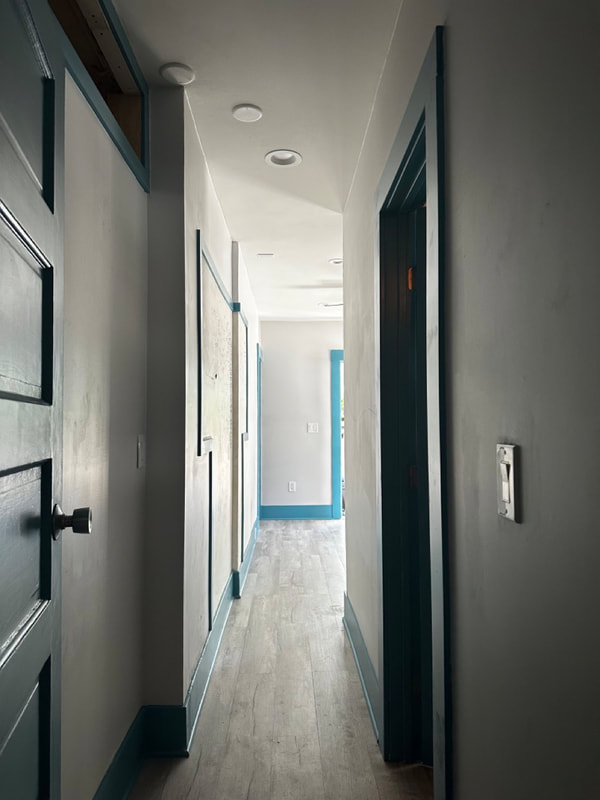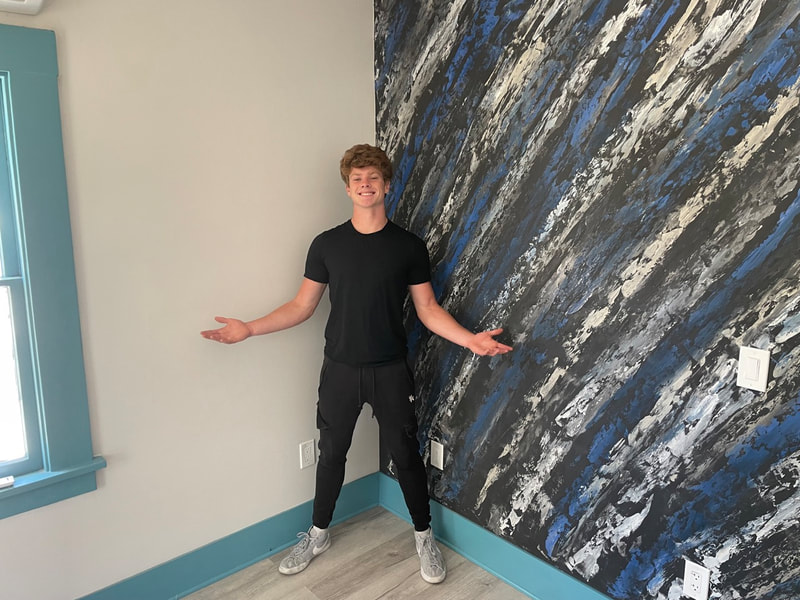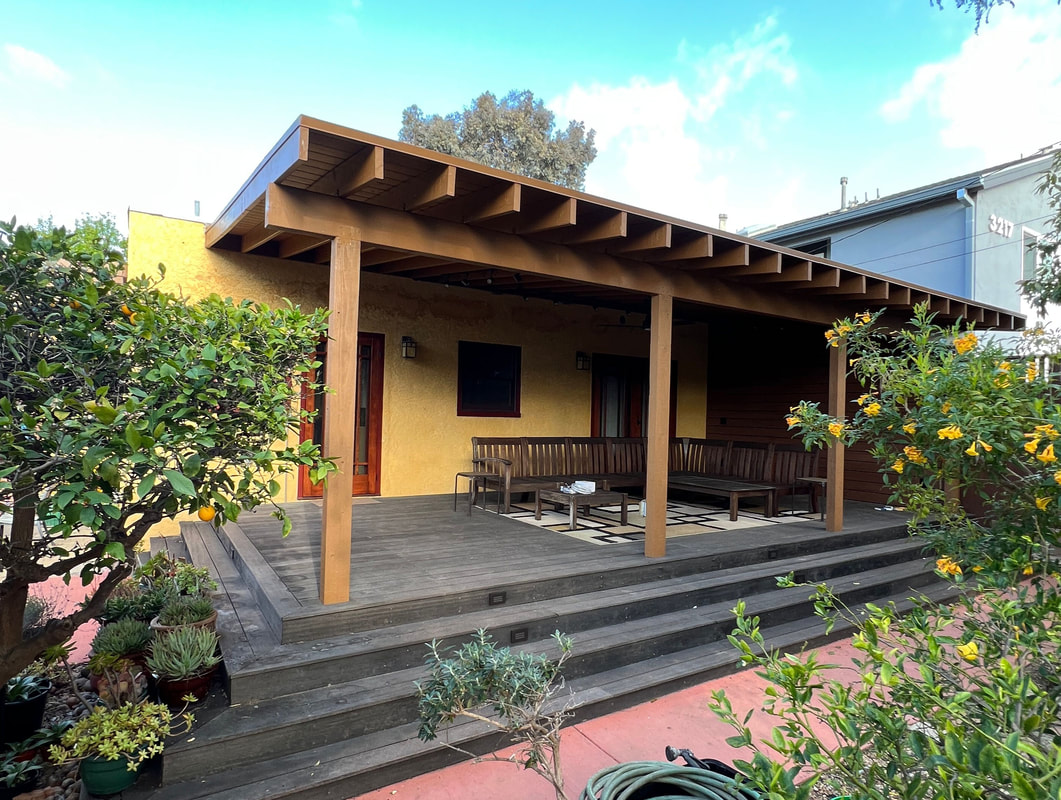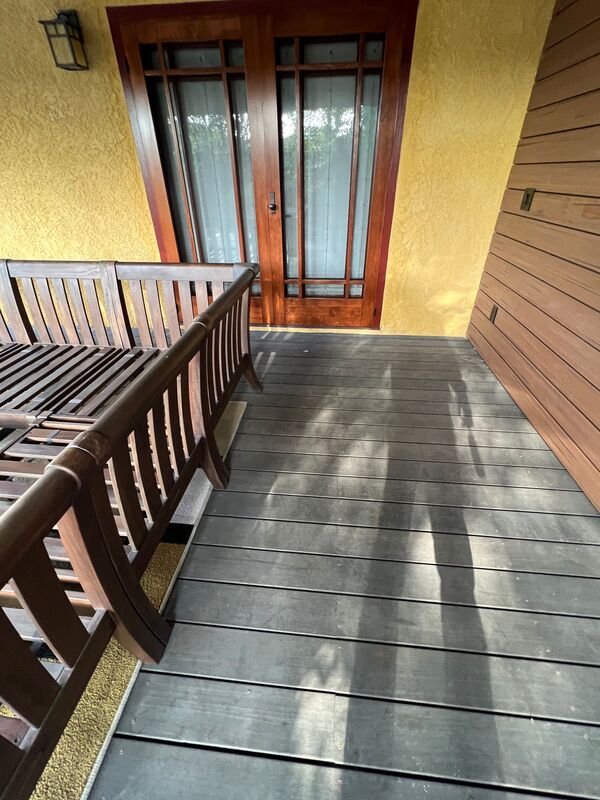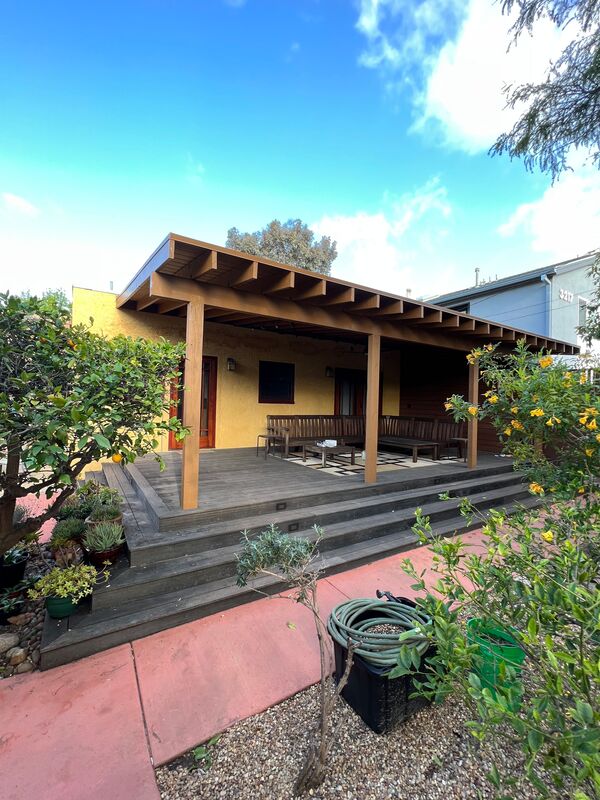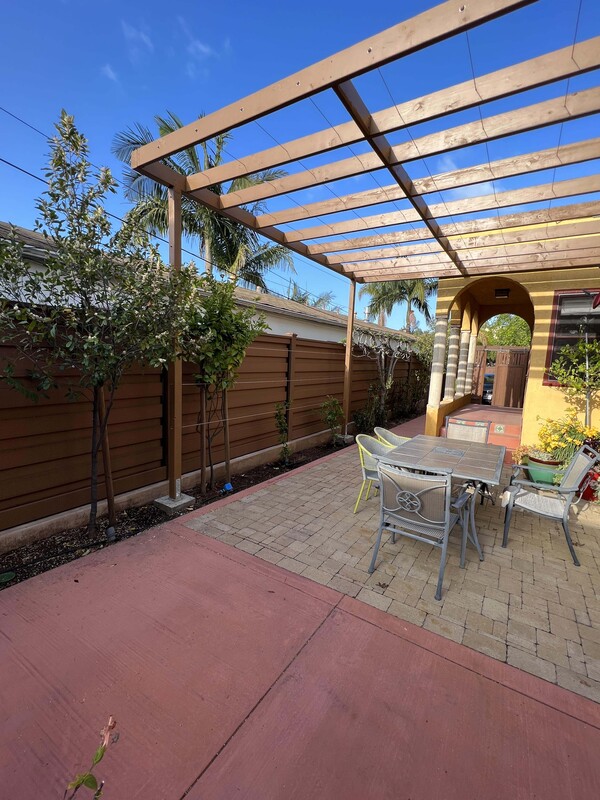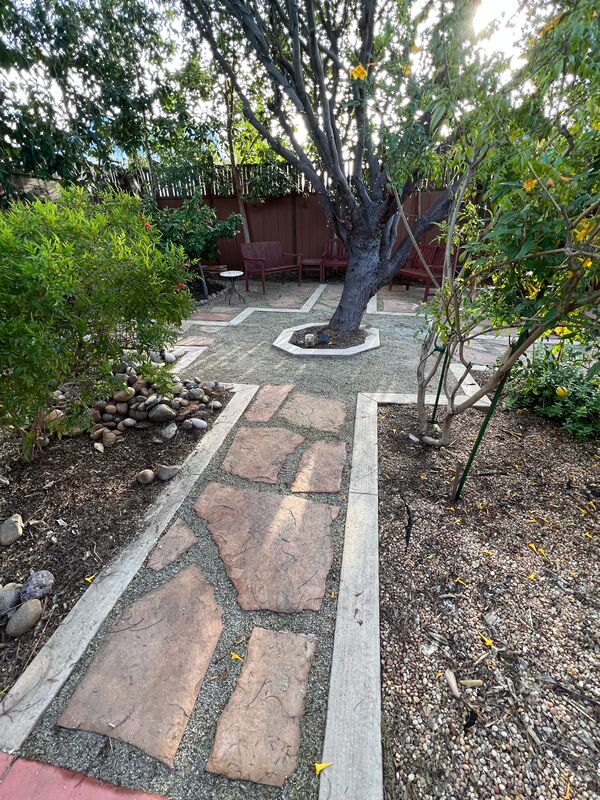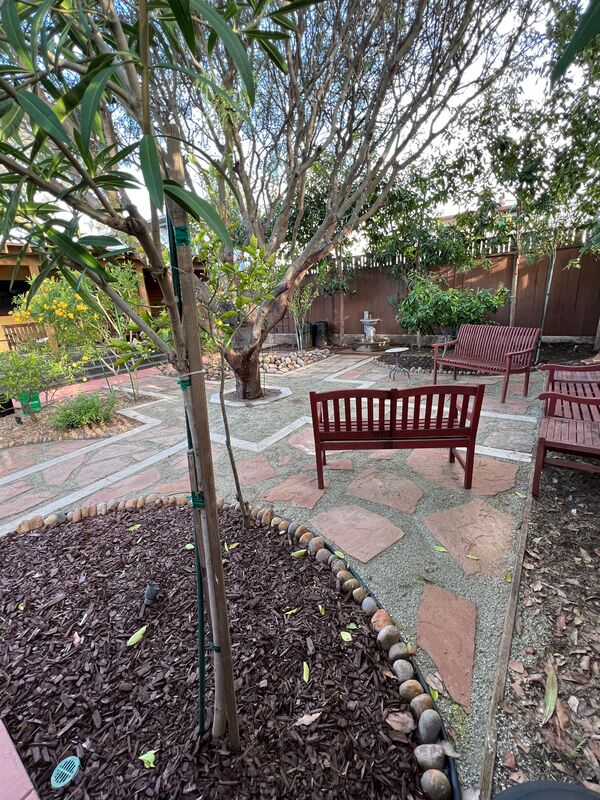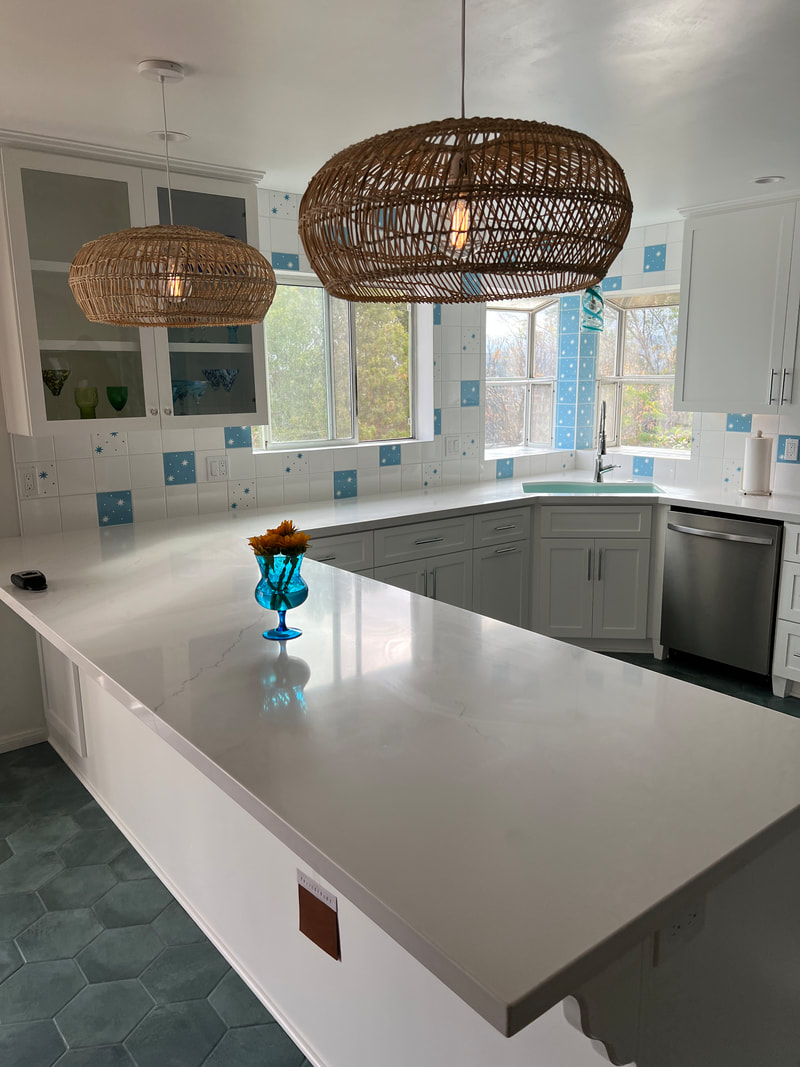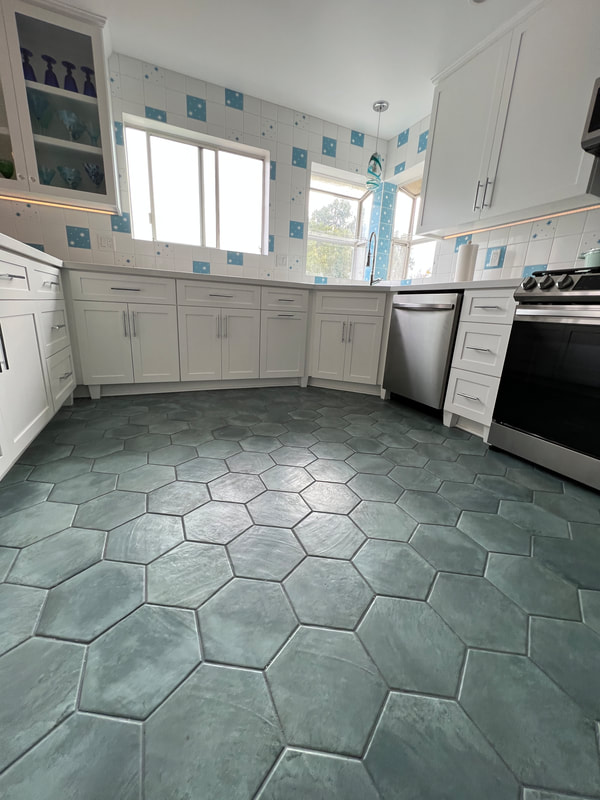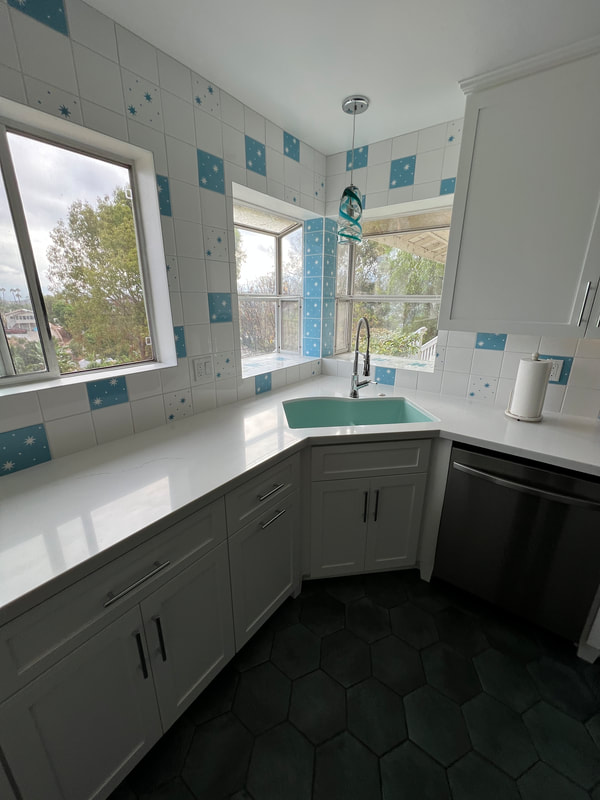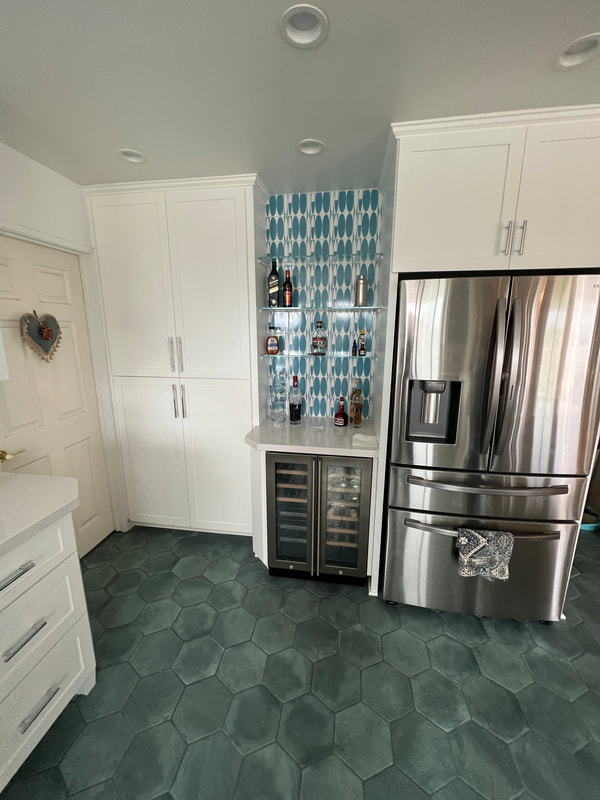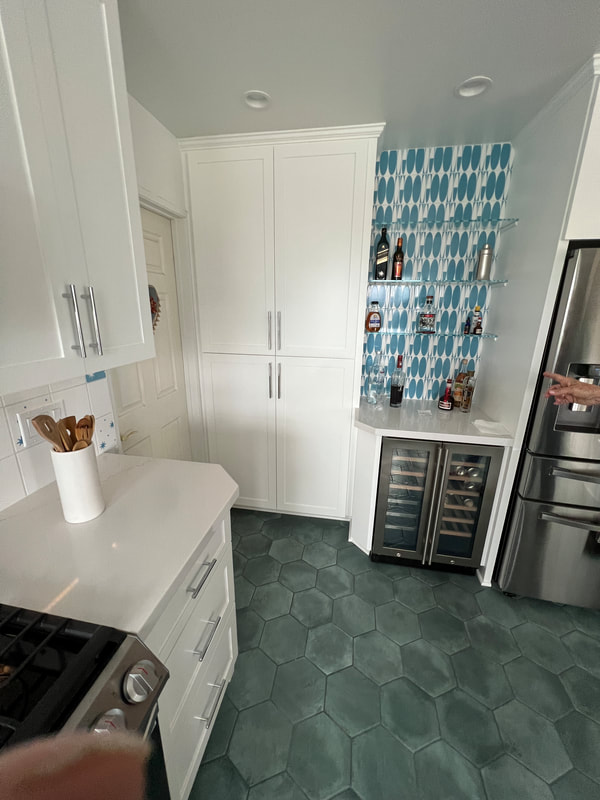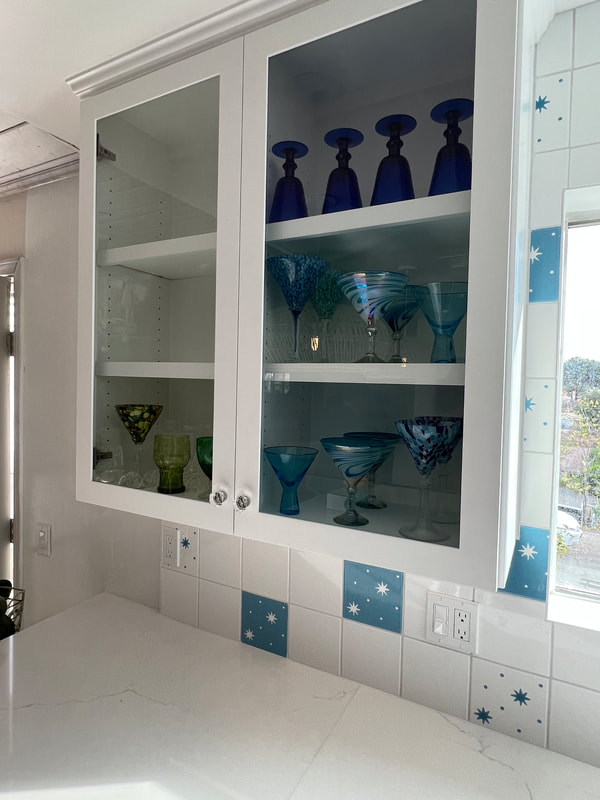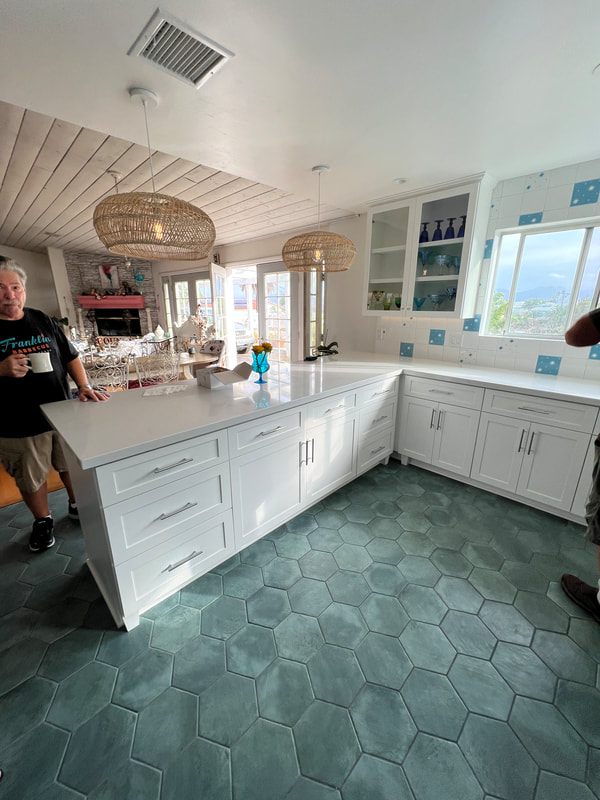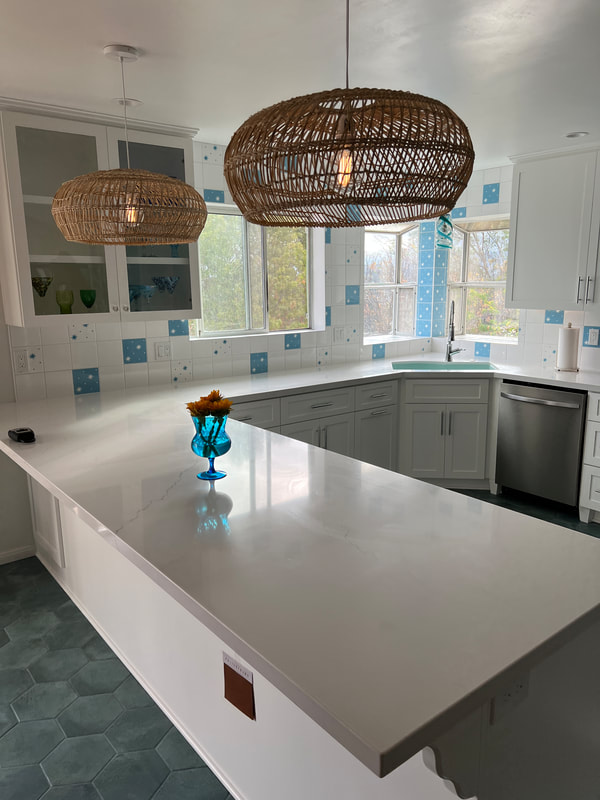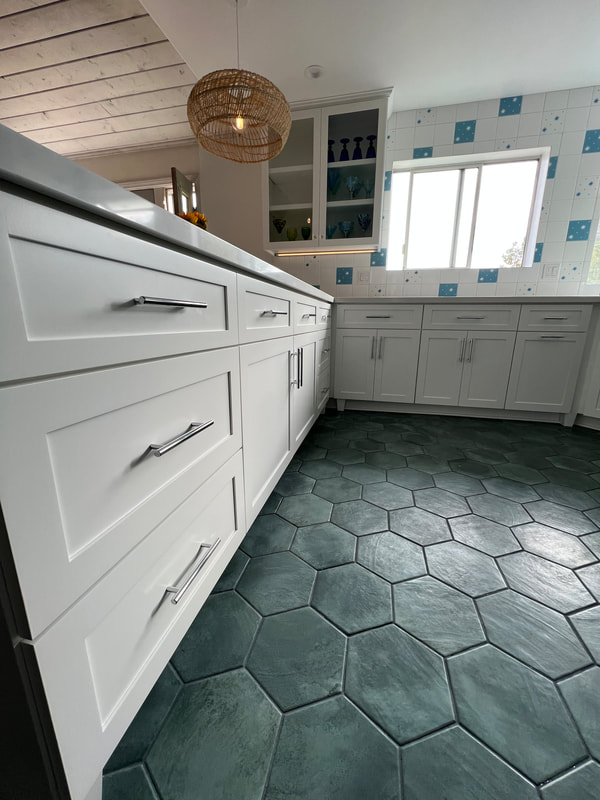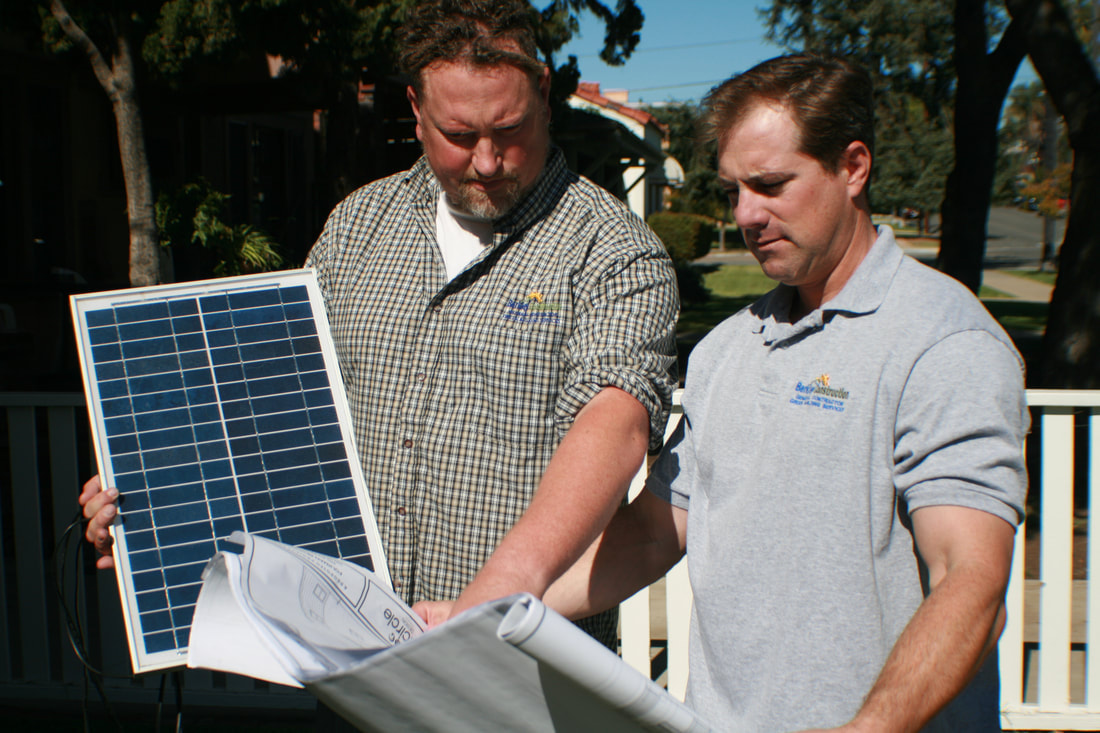
Sustainability is an idea that's hot on the minds of most consumers, but how do you make it a reality? From the gorgeous natural materials you can use to native plant life and purposeful building, there's a lot to consider when you're starting out.
These are the top things to know about sustainable building, why it matters, and what you can do to make your project successful.
Why Sustainability Matters
Sustainability is one of the most important parts of living a forward-thinking life. Not only does it protect the Earth for future generations, but it also gives you the opportunity to add value to your home.
Building sustainably creates a property that does far less damage than the average construction project. This means sourcing your materials intelligently, investing in workers who understand green building, and following strict rules for trash and recycling on a construction project.
This might be more expensive upfront and take a little longer to build, but it's important to undertake. The higher return on investment, higher customer interest, and giving back to the environment make it all worth it.
Exploring Sustainable Options
In our pursuit of more sustainable construction practices, it's vital to consider alternative materials. Recycled options like reclaimed wood and recycled concrete not only benefit the environment but also add unique textures to projects. Renewable resources such as bamboo and cork provide strength and insulation, reducing our dependence on finite resources.
Engineered materials like cross-laminated timber and fiber-reinforced polymers offer durability while using fewer raw materials. Bio-based alternatives such as mycelium and algae-based bioplastics offer innovative solutions for insulation, packaging, and structural components.
In interior design, demountable glass partitions present an eco-friendly choice. These partitions offer flexibility and maximize natural light, reducing the need for artificial lighting and enhancing energy efficiency.
By embracing these sustainable options, builders can create structures that are both environmentally conscious and economically viable, leading the way to a more sustainable future in construction.
These are the top things to know about sustainable building, why it matters, and what you can do to make your project successful.
Why Sustainability Matters
Sustainability is one of the most important parts of living a forward-thinking life. Not only does it protect the Earth for future generations, but it also gives you the opportunity to add value to your home.
Building sustainably creates a property that does far less damage than the average construction project. This means sourcing your materials intelligently, investing in workers who understand green building, and following strict rules for trash and recycling on a construction project.
This might be more expensive upfront and take a little longer to build, but it's important to undertake. The higher return on investment, higher customer interest, and giving back to the environment make it all worth it.
Exploring Sustainable Options
In our pursuit of more sustainable construction practices, it's vital to consider alternative materials. Recycled options like reclaimed wood and recycled concrete not only benefit the environment but also add unique textures to projects. Renewable resources such as bamboo and cork provide strength and insulation, reducing our dependence on finite resources.
Engineered materials like cross-laminated timber and fiber-reinforced polymers offer durability while using fewer raw materials. Bio-based alternatives such as mycelium and algae-based bioplastics offer innovative solutions for insulation, packaging, and structural components.
In interior design, demountable glass partitions present an eco-friendly choice. These partitions offer flexibility and maximize natural light, reducing the need for artificial lighting and enhancing energy efficiency.
By embracing these sustainable options, builders can create structures that are both environmentally conscious and economically viable, leading the way to a more sustainable future in construction.
The Role of Green Technologies
Green technologies play a crucial role not only in sustainability but also in addressing specific challenges such as construction dust control. Green technologies encompass a variety of innovations aimed at reducing environmental impact and improving efficiency in building practices. From renewable energy sources to eco-friendly materials and advanced construction techniques, these technologies offer solutions to cut down on carbon emissions, conserve resources, and effectively manage construction dust throughout the building lifecycle.
By integrating green technologies into construction projects, stakeholders can decrease energy usage, minimize waste, and enhance building durability and occupant comfort while addressing concerns like construction dust control. Embracing these sustainable practices is essential for creating infrastructure that meets the needs of both present and future generations.
Challenges and Opportunities
There will be countless challenges along the way. The first is the budget. If you don't budget intelligently as far out as possible, you might find yourself overspending and breaking the bank on this project. Thankfully, there are some grants and support for companies that want to build greener, so if budgeting isn't enough, there are other options.
Don't be nervous about trying newer but proven technology! Green roofing solutions like slate are sturdy, can last over sixty years with good maintenance, and look incredible. Most sustainable product companies are thoroughly tested, so read reviews and don’t be afraid to ask about any warranty they may offer.
Looking to the Future
Even the most energy-efficient buildings today will be out of date in fifteen to twenty years. Every step along the path of building these businesses is taken while thinking about what it does for others around it, but it's okay to know that your building will have to be updated over time.
The problem with many future-thinking buildings of the 1990s was that they didn't think more than ten years out. Building areas that include indoor trees but not enough room for the roots to grow or considering that the tree might outgrow this common area quickly was one issue, but permanently building in technology was another.
Avoid building any technology, like a smart thermostat, smart switches, or more permanently into the building in a way that's hard to remove. Otherwise, these will be markers of the building's age over time and will end up looking at how 1990s intercom systems look in buildings today.
Green technologies play a crucial role not only in sustainability but also in addressing specific challenges such as construction dust control. Green technologies encompass a variety of innovations aimed at reducing environmental impact and improving efficiency in building practices. From renewable energy sources to eco-friendly materials and advanced construction techniques, these technologies offer solutions to cut down on carbon emissions, conserve resources, and effectively manage construction dust throughout the building lifecycle.
By integrating green technologies into construction projects, stakeholders can decrease energy usage, minimize waste, and enhance building durability and occupant comfort while addressing concerns like construction dust control. Embracing these sustainable practices is essential for creating infrastructure that meets the needs of both present and future generations.
Challenges and Opportunities
There will be countless challenges along the way. The first is the budget. If you don't budget intelligently as far out as possible, you might find yourself overspending and breaking the bank on this project. Thankfully, there are some grants and support for companies that want to build greener, so if budgeting isn't enough, there are other options.
Don't be nervous about trying newer but proven technology! Green roofing solutions like slate are sturdy, can last over sixty years with good maintenance, and look incredible. Most sustainable product companies are thoroughly tested, so read reviews and don’t be afraid to ask about any warranty they may offer.
Looking to the Future
Even the most energy-efficient buildings today will be out of date in fifteen to twenty years. Every step along the path of building these businesses is taken while thinking about what it does for others around it, but it's okay to know that your building will have to be updated over time.
The problem with many future-thinking buildings of the 1990s was that they didn't think more than ten years out. Building areas that include indoor trees but not enough room for the roots to grow or considering that the tree might outgrow this common area quickly was one issue, but permanently building in technology was another.
Avoid building any technology, like a smart thermostat, smart switches, or more permanently into the building in a way that's hard to remove. Otherwise, these will be markers of the building's age over time and will end up looking at how 1990s intercom systems look in buildings today.

Tomorrow is Our Responsiblity
The future is still in our hands! If you're ready to lead the way, consider following these tips, and contact Berkley Construction for more ideas and inspiration.
****************************
Author Bio
Brian Jeffries is a freelance writer who loves sharing his knowledge and expertise on construction projects and materials. He lives in Winter Park, Florida where he enjoys spending time with his wife and working on projects in his spare time. Brian’s work as a freelance writer can be found on Building Product Advisor, a construction industry resource site.

